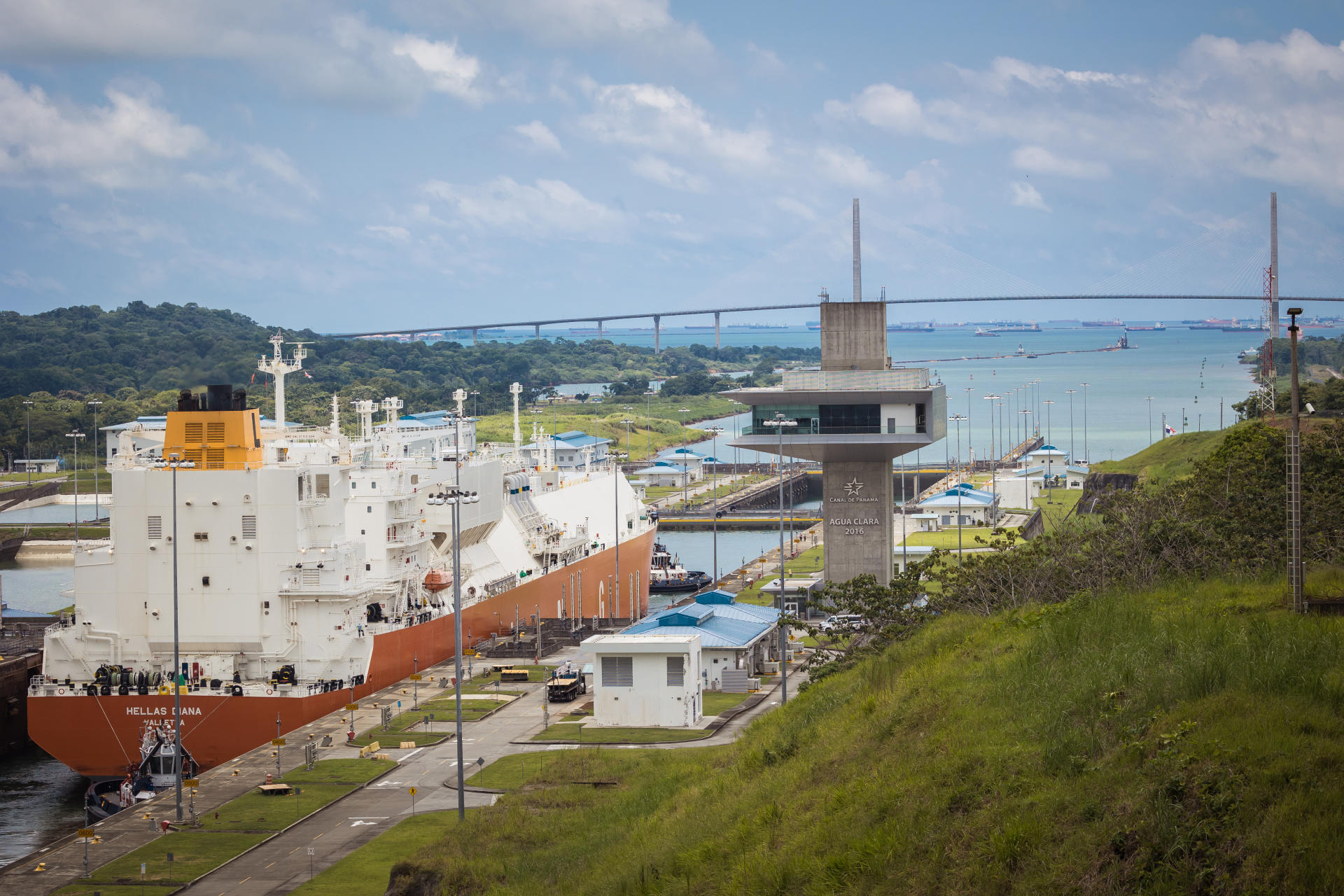Soberania National Park, which runs along the Panama Canal, is overflowing with greenery. Fine waterfalls cascade down the rocks. It’s hard to believe that the small Central American country is going through an unprecedented drought. “Look, the water should reach the yellow line, more than 2 meters are missing,” sighs engineer Nelson Guerra, pointing to the wall of the Pedro Miguel lock, about ten kilometers from the canal’s entrance to the Pacific Ocean.
It normally rains eight months a year, from May to December. But this year, the rains were delayed and remain meager. However, unlike the Suez Canal which is level between two seas and therefore cannot dry out, that of Panama has an artificial lake, Lake Gatun, 26 meters above the sea, which fills at freshwater.
To cope with the lack of water, the authorities decided to restrict the transit of 40 to 32 ships per day and to reduce the authorized draft from 50 to 44 feet (from 15 to 13 meters). In short, fewer boats are crossing the 80-kilometer waterway that connects the Pacific Ocean to the Atlantic, and they are crossing it with fewer loads.
The measures, announced at the end of July, should last one year. “They are intended to maintain the trust of our customers, by allowing them to better plan their operations,” indicates the press release from the Panama Canal Authority (ACP), the autonomous public company which manages the waterway. “They were taken in anticipation of a year 2024 which promises to be very dry, said Ilya Espino, deputy canal administrator. If the rains of September, October and November are enough to fill the canal, they will obviously be suspended. »
The ACP wants to be reassuring. But shipping companies and their customers, economists and governments are wondering about the economic impact of these restrictions on maritime traffic. They threaten Christmas displays and inflation rates around the world. “We are in high seasonrecalls Victor Vial, financial vice-president of the ACP. Now is the time for shipments to arrive in anticipation of the end-of-year holidays. »
Dozens of ships parked in the blue oceans
In 2022, some 518 million tonnes of goods passed through this interoceanic route, or more than 5% of global maritime trade. The channel prides itself on connecting “180 maritime routes between 1,920 ports in 170 countries”. More than 14,000 ships pass through it each year. The two major trade routes that depend on it are those that run from Asia to the east coast of the United States, and from the west coast of Latin America to the east coast of the United States. In terms of cargo flow, its main users are therefore, unsurprisingly, the Americans and the Chinese.
You have 83.82% of this article left to read. The rest is reserved for subscribers.
